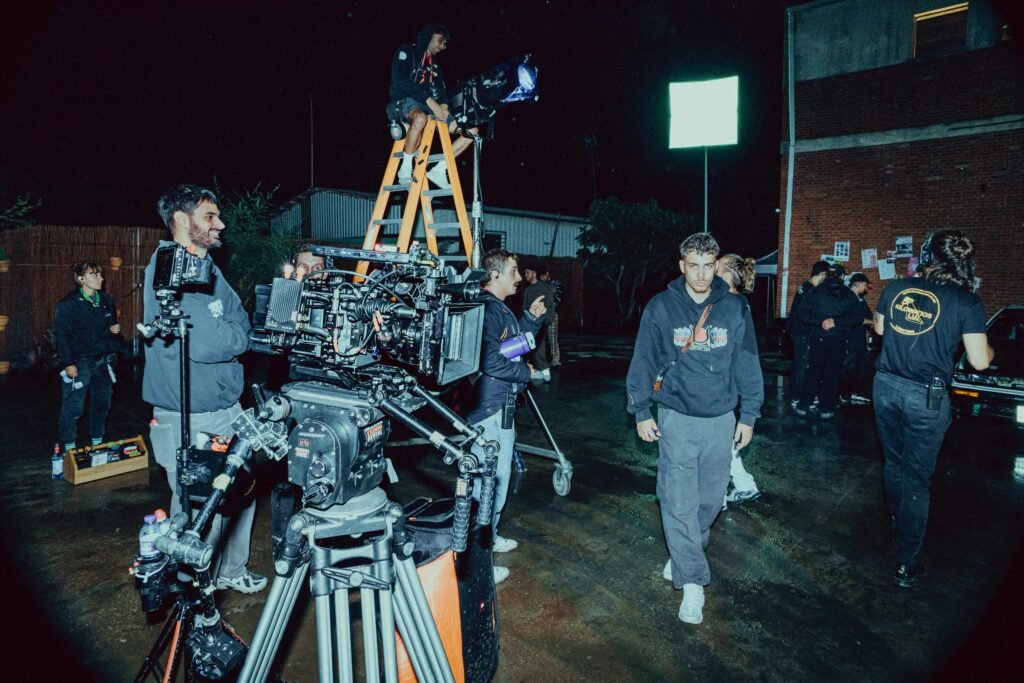Advice
12 Essential Camera Angles for Cinematic Storytelling
Capturing a compelling story on film isn’t just about pointing your camera and pressing record—it’s about choosing the right angles to express meaning, evoke feeling, and fully immerse your audience. Understanding and utilizing a broad palette of camera angles can elevate your films, transforming ordinary moments into cinematic experiences.

Why Camera Angles Matter
Camera angles are a filmmaker’s secret weapon for three major reasons:
- Perspective: By altering camera angles, you grant your audience varied viewpoints, helping them better understand and connect with the story’s world.
- Emotion: Different angles evoke different emotions—making viewers feel powerful, vulnerable, uneasy, or intimate.
- Editing Flexibility: A variety of angles in your footage provides editors with more options, enhancing your film’s pacing, continuity, and impact.
The 12 Most Popular Camera Angles
Here’s a rundown of the twelve key angles you’ll see in film and video production, alongside when—and why—you’d want to use them.
Camera Angle Description Best Use Wide Shot Captures a broad view, showing more of the environment Establishing location, isolation Long Shot Shows the subject’s full body, often from a distance Subject focus, context Medium Shot Frames subject from the waist up Dialogue, connection Cowboy Shot From mid-thigh up; classic in westerns Show action around waist Tight/Close-Up Shot Head and shoulders; emphasizes expressions Intense, intimate dialogue Detail/Extreme Close-Up Focuses closely on a single detail (eyes, watch, etc.) Emphasize clues, mystery Low Angle Camera looks up at subject, making them appear powerful Power, dominance, awe High Angle Camera looks down on subject, making them look vulnerable Weakness, danger, exposure Dutch Angle Tilted horizon line Unease, tension, disorientation Over-the-Shoulder Camera behind a character’s shoulder Perspective in conversations POV (Point of View) Depicts what the character sees Subjectivity, immersion Cutaway Briefly shows something outside the main action Transitions, parallel stories
Applying Camera Angles: When, Why, and How
Adding Emotion and Variety
A well-shot scene incorporates multiple angles to create visual interest, intensify emotion, and offer editorial options. For example, an action sequence combining wide shots, low angles, and POV footage immerses viewers in the chaos and excitement. Conversely, using just one wide static shot can convey loneliness or isolation—overusing angles in such a moment may dilute the intended mood.
Avoiding Overuse
Not every scene benefits from every angle. Ask yourself: Does this angle contribute to the story or feeling I want to convey? Unnecessary close-ups or unrelated details can distract the audience and cause confusion, especially if the shot offers information irrelevant to the narrative.
Essential Editing Rules for Camera Angles
- The 180-Degree Rule: Imagine an invisible line through your scene. Keep all cameras on the same side of that line to maintain spatial consistency. Crossing the line disorients the viewer unless done deliberately (such as with a continuous moving shot).
- The 30-Degree Rule: When cutting between two angles of the same subject, ensure the cameras are at least 30 degrees apart to avoid jump cuts. This creates smoother, more professional edits.
Practical Example: Shooting an Action Scene
A typical, well-covered action sequence might include:
- A wide shot to establish location,
- Tight shots on faces and instruments for emotion,
- Medium shots for dialogue,
- Extreme close-ups for critical details,
- Drone or high angles for perspective,
- Low angles for drama.
Such an approach gives editors the freedom to cut dynamically, maintain narrative clarity, and keep audiences engaged.
Tips for Filmmakers
- Carefully select camera angles to align with the emotional tone of your scene.
- Don’t overcomplicate your coverage; use angles purposefully.
- When in doubt, start with at least five different angles for important actions.
- Follow the core editing rules for seamless, professional-looking cuts.
The thoughtful use of camera angles is a hallmark of cinematic storytelling. Master these techniques, and you’ll give your films the emotional depth, polish, and visual intrigue they deserve.